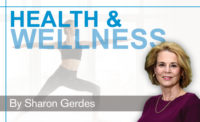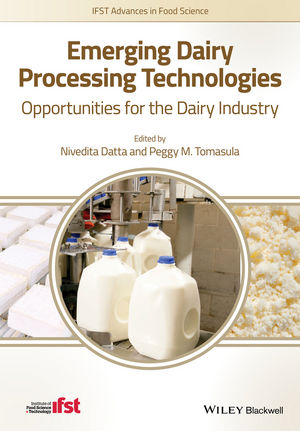No clear definition for ethical dairy
Animal welfare labels are an emerging space to watch

Ethically produced can mean different things for different food categories. For chocolate, it might be fair trade; for eggs, cage-free. But what does it mean for dairy?
At this point, there’s no clear answer. In a broad sense, ethical dairy might include products with clean-label, organic, local, natural, sustainable or religious (kosher or halal) claims.
For a significant number of consumers, the ethical choice is to forsake real dairy in favor of plant-based alternatives. However, for those consumers who are committed to real dairy, there is a small and growing segment of products with various animal welfare labels.
According to Euromonitor International, “Animal welfare claims account for 13% of all ethically labeled products in Western Europe, compared to the USA’s 1%” (https://tinyurl.com/wtgp3t8). So the animal welfare/ethically labeled dairy space is truly a niche category at this time.
Welfare standards
One criterion for good cow welfare is access to grass. As I noted in my December 2019 column, grass-fed dairy provides small dairy farms with a point of distinction. Consumers seek out these products because they believe that a diet based on grass is better for both cows and humans.
In April of last year, Hart Dairy of Augusta, Ga., announced that it was the first pasteurized U.S. dairy cow operation to earn the “Certified Humane” label. The dairy’s free-range cows are grass-fed 365 days a year.
Label standards are posted on the Certified Humane website (https://certifiedhumane.org) and include specifications that calves not be weaned before 5 weeks of age.
Other ethical dairy labels include “Animal Welfare Approved” and “American Humane Certified.” A chart comparing the requirements
of each label can be found here: https://tinyurl.com/u8pwabq.
“Not all dairy farmers will choose to participate in consumer product label programs or to communicate directly with consumers in other ways,” says Jennifer Van Os, Ph.D., assistant professor and extension specialist – animal welfare, University of Wisconsin-Madison. “Regardless, it’s important for producers to actively engage with the industry’s quality assurance programs.”
She points to the National Milk Producers Federation’s Farmers Assuring Responsible Management (FARM) program as an example (https://tinyurl.com/w44pat6).
“Actively participating in these programs helps demonstrate to everyone in the supply chain that farmers are committed to holding themselves to high standards for animal care,” Van Os adds.
Separating calves
Separating a newborn from its mother is an ethical consideration for some. Standard dairy practice is to separate calves from their mother within 24 hours.
“Fenceline weaning” (placing cows and calves on opposite sides of a fence) has been popular with beef farmers for some time, and a few small dairies are experimenting with it.
A Scottish dairy farm, “The Ethical Dairy,” tried keeping calves with their moms longer. The first year, the calves drank all the milk, creating an economic disaster for the dairy. The second year, it tried separating the cows and calves overnight, but kept them in the same shed so they could rub noses but not suckle. There were no signs of stress, and the calves started taking hay and water, which meant that the dairy was on the road to financial viability (https://tinyurl.com/tjb89t5).
Differing purchase motivators
Individual consumers will vary widely in what they consider to be ethical treatment of animals, and in how that affects their purchase decisions.
According to a 2019 study conducted by Synergy Flavors, consumers who purchase only plant-based products were more likely to claim animal welfare as a purchase motivation. In contrast, consumers who purchase both plant-based and dairy-based products are 21% more likely to be motivated by health benefits and nutritionals.
It’s worth noting that dairy products with ethical labels come with a significant upcharge. That can be a challenge to families on a limited budget.
Looking for a reprint of this article?
From high-res PDFs to custom plaques, order your copy today!








